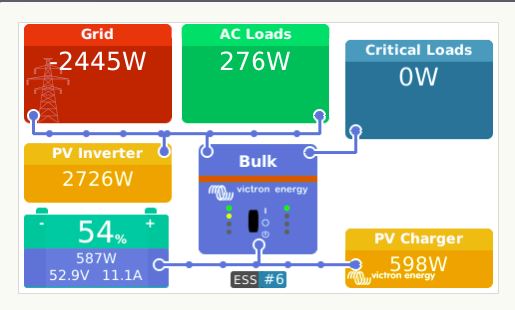Hi guys,
Do you know if MPPT is under full control of DVCC settings or my system misbehave?
I have disabled charger but this doesn't apply to MPPT and I have no clue why ...
All components are upgraded at the latest software version (BlueSolar 1.37, Multi 431, ESS 016F)
Thanks,
Mihai
@mvader (Victron Energy Staff)

